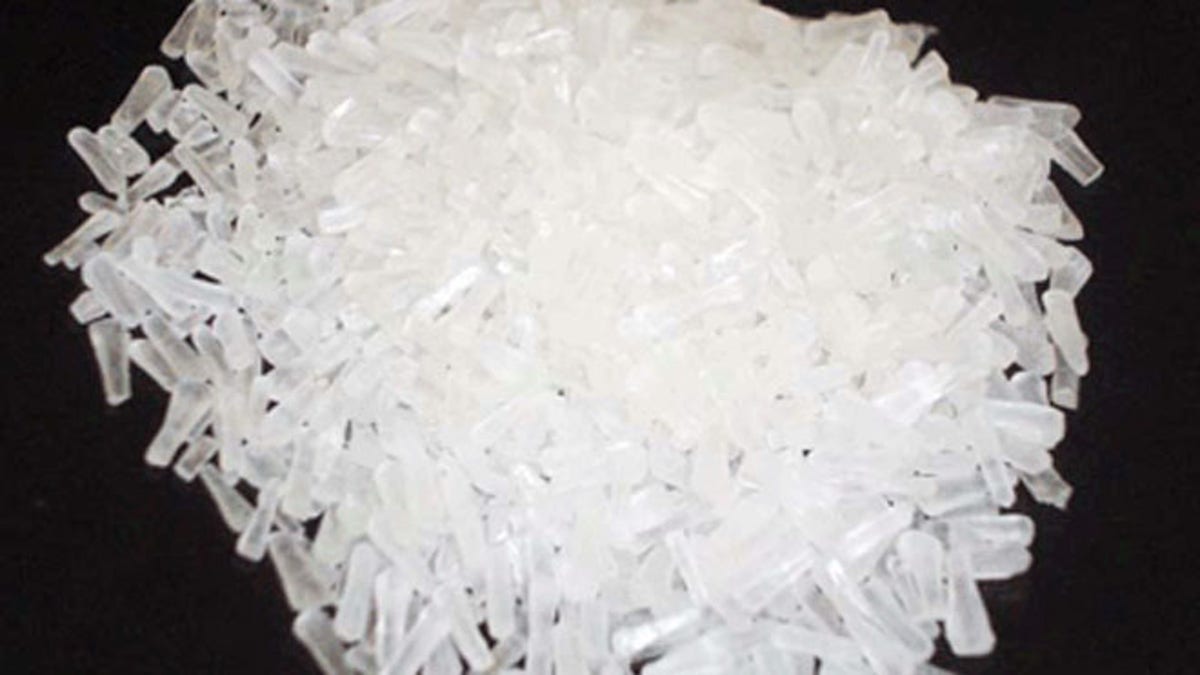
MSG, the maligned food additive once commonly found in Chinese food, is having a come back. (iStock)
For years, monosodium glutamate, commonly known as MSG, has been skewered by health professionals and shunned by diners.
The chemical flavor-enhancer has been linked to such heath problems as allergic reactions, obesity and migraine headaches.
But today, many scientists are rethinking the detriments of MSG, and as a result, some restaurant owners are shamelessly offering it to diners, extolling its praises.
Last week, San Francisco's popular Mission Chinese restaurant tweeted out that they're putting shakers of MSG on its tables.
Mission Chinese Food's tweet cc'd Momofuku chef David Chang who famously claimed that MSG might not be so bad for you after all. Chang, who's been experimenting with glutamic acid, the amino acid that creates the taste of umami on our tongues, found that MSG is chemically identical to what he's been trying to create in his food lab from scratch.
This follows the uproar caused by another popular San Francisco Chinese restaurant owner, chef James Chu of SO--who lashed out at picky customers --proudly proclaiming he uses MSG to flavor his dishes.
More chefs are taking a second look at MSG as the scientific community is changing its view at the once-maligned taste enhancer.
In the 1960s and 1970s, concern about MSG causing headaches, stomachaches, dizziness and general malaise sparked several studies into the potential danger of additive. Initially, research showed that mice injected with the additive showed signs of brain lesions, but subsequent studies showed mixed results and other studies were unable to replicate the results.
In 1991, Katharine Woessner, an allergist and immunologist of the Scripps Clinic Medical Group, studied if MSG triggers asthma, PRI reports that Woessner’s team conducted "a single-blind, placebo-controlled study " which trialed the effects of MSG on 100 asthmatic patients. Only one out of 30 participants exhibited signs of "reduced lung function after exposure to MSG."
“It’s wacko, it’s weird; it’s not true that MSG has any kind of toxic or causative role in food allergies,” Ken Lee, a professor and the director of food innovation at Ohio State University, told Public Radio International.
Lee explained that that MSG’s primary ingredient is table salt, and glutamate --“a naturally occurring amino acid…one of the building blocks of protein.” According to Lee, most living things on the planet contain glutamate which is also found in tomatoes, different types of nuts, Parmesan cheese, mushrooms and soy sauce.
According to the FDA, MSG is synthesized by fermenting starch, sugar beets, sugar cane or molasses. The agency classifies the additive as “generally recognized as safe” but it adds on its website, “Although many people identify themselves as sensitive to MSG, in studies with such individuals given MSG or a placebo, scientists have not been able to consistently trigger reactions.”
It's unlikely that MSG shakers will catch on at most American restaurants, although you can find them in places in Japan. Many restaurants here still promote food with “NO ADDED MSG” to reassure customers. But if you've eaten Doritos or KFC, you can bet you've eaten MSG.
